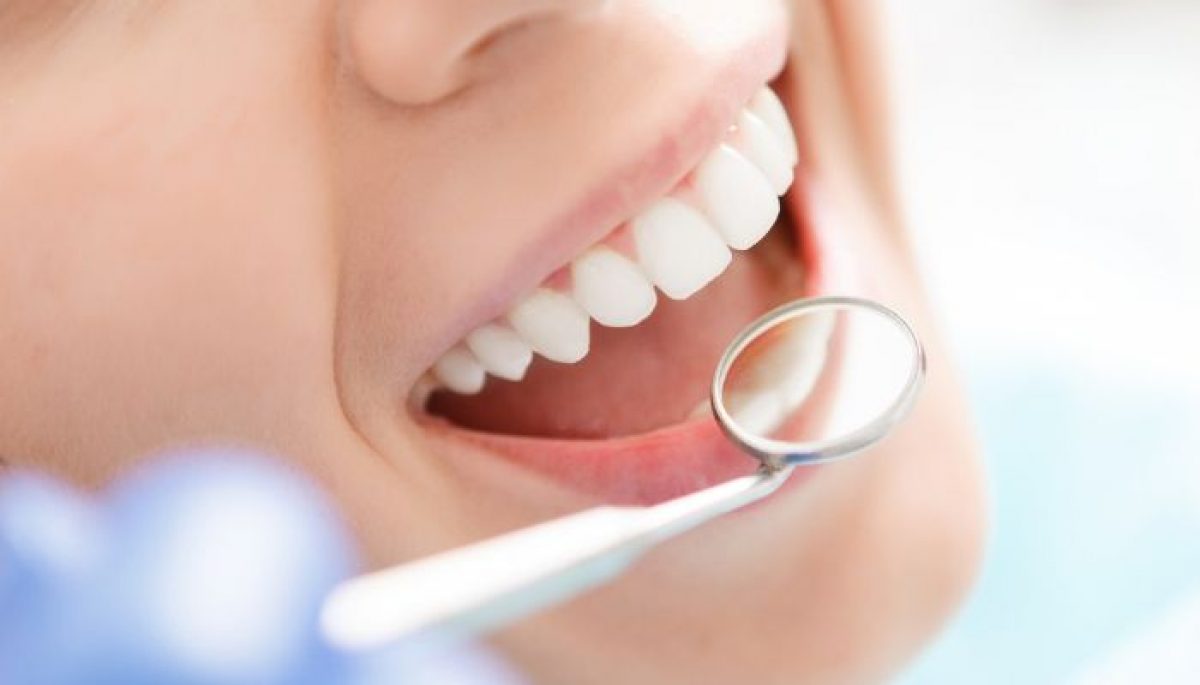Dictionary definitions of compatibility emphasize the ability to live and work together, successfully and in harmony. The term has a long history in the study of close relationships (see Ickes, 1985; Kelley et al., 1983), referring to interpersonal connections that promote interdependence, goals, and outcomes in a manner that which of the following is a type of indirect peer pressure? avoids conflict and relationship disruption. Figure 1 specifies the components of interpersonal and intragroup compatibility and describes how compatibility contributes to the success of friendships and peer affiliate groups. In this section, we provide evidence for the claim that conformity peaks during adolescence.
Peer Pressure in Older Teens and Young Adults
Though peer pressure is not usually used to describe socially desirable behaviors, such as exercising or studying, peer pressure can have positive effects in some cases. Being subject to peer rejection can be very painful, and a person who feels unable to tolerate rejection may find it very difficult to resist using drugs and alcohol if their peers do so. For this reason, it is important to find peers who either do not use drugs or alcohol or accept those who do not. A person may be especially vulnerable to peer pressure if they say that peer acceptance is important to them, or if they are sensitive to rejection.
- “We’ve all experienced letting a friendship go because it didn’t feel great,” says Dr. Rebecca Schwartz-Mette of the University of Maine.
- Cooperation enables friends and peer group members to coordinate and attain goals by synchronizing behavior.
- The pressure to fit in or not to appear ‘different’ can significantly influence your decisions, especially in social settings where drug use is prevalent.
- Knowledge is power, and understanding the science behind addiction and recovery can provide solid ground to stand on during moments of doubt.
- Paradoxically, being popular may make you susceptible to influence.
Adolescence as a Period of Heightened Socio‐affective Sensitivity
Ever found yourself doing something just because your friends are doing it? It’s a powerful force that can influence your choices, often without you even realizing it. From the clothes you wear to the activities you engage in, peer pressure shapes your decisions in more ways than one. There has been an upsurge of research on adolescent peer influence during the past decade.
Neural Mechanisms of Peer Pressure
- We also know that friendships between adolescents who share similar fixed traits are more apt to be stable (and thus potential sources of influence) than are friendships that are dissimilar on fixed traits (Hartl et al., 2015; Rude & Herda, 2010).
- Peer pressure to use substances like alcohol and cannabis can unfold into problems with substance abuse.
- Relatively younger adolescents and late maturing boys appear susceptible to influence (Popp et al., 2008; Widman et al., 2016).
- Resisting peer pressure may feel challenging, but people who truly care about their friends do not reject them solely because they do not use drugs or alcohol.
- Until recently, speculation on the interpersonal consequences of dissimilarity far outpaced research on the topic.
Or it may mean deciding to take a stand that makes you look uncool to your group. Direct pressure is exerted when one peer group asks, suggests, persuades, or leads another to participate in a specific action, behavior, deed, or challenge. This pressure resides in a one-on-one interaction; the one being influenced has more opportunity to confront his or her decision against his or her set of beliefs and values.
DEVELOPMENTAL FACTORS THAT PROMOTE SIMILARITY AMONG PEERS DURING ADOLESCENCE
- Distinctiveness is tolerated when it does not conflict with the priorities of the group and the image it seeks to project.
- Some kids give in to peer pressure because they want to be liked or they think it helps them fit in.
- We conclude that resemblances among friends and affiliates are strongest in the early years of adolescence, with the apex of similarities coinciding with a developmental tendency to alter attitudes and behaviors so as to minimize differences with others.
- This involves explicit suggestions or challenges to your decision-making regarding substance use.
Over time, prioritizing these relationships can profoundly affect your recovery journey, steering your decisions towards healthier choices that align with your goals for sobriety. Peer pressure, a term you’ve likely heard since your school days, continues to play a significant role in decision-making well into adulthood. This influence can be particularly impactful when it comes to decisions about drug use, sobriety, and undergoing therapy for addiction recovery. Understanding how peer pressure can impact your choices is crucial in navigating your journey to lasting recovery. Therapy sessions and support groups offer spaces to build new, healthy relationships with individuals who share your commitment to sobriety. Engaging in these supportive environments can empower you to make positive decisions, steering clear of the negative impacts of peer pressure.
Peer pressure effects on college students at Clemson University – The Tiger
Peer pressure effects on college students at Clemson University.
Posted: Thu, 25 Jan 2024 08:00:00 GMT [source]
Your friends may follow if you have the courage to do something different or refuse to go along with the group. Consider yourself a leader, and know that you have the potential to make a difference. Research has long shown peer pressure can increase the risk someone will try drugs, alcohol, or cigarettes. Some people are more affected by peer pressure than others, just as some people are more likely to experience addiction than others. While some people may experiment with alcohol or drugs once or twice and decide it’s not for them, others who begin using a substance may find it difficult to quit.
Peer Pressure Beyond Childhood
In raising this point, we do not mean to suggest that demographics are irrelevant to friend selection. We do mean to suggest, however, that the role of fixed attributes may be overstated because estimates of initial similarity may be inflated by confounds with malleable attributes. Studies are needed that determine the relative importance that adolescents assign to fixed attributes and to ascertain the point in the friendship selection process that these considerations become determinant. The results will provide a clearer picture of the variables that define the parameters within which friends influence one another. Influence should be particularly strong in friendships and affiliate groups, because adolescents invest in these relationships and have the most to lose from their loss.
Can Peer Pressure Be Positive?
Efforts to minimize differences are expected in areas that one partner deems important. Thus, within a domain, the onus of change is on those who are initially indifferent, as those who are passionate about an activity seek companions to share their passion and who define themselves accordingly. Differences in domains tangential https://ecosoberhouse.com/ to self‐definitions are apt to be tolerated as long as they are not a source of conflict. A challenge for research is to identify behavioral domains that are relevant to the identity of individuals and peer groups and disentangle measures of change in these domains from those that are unimportant to participants.

